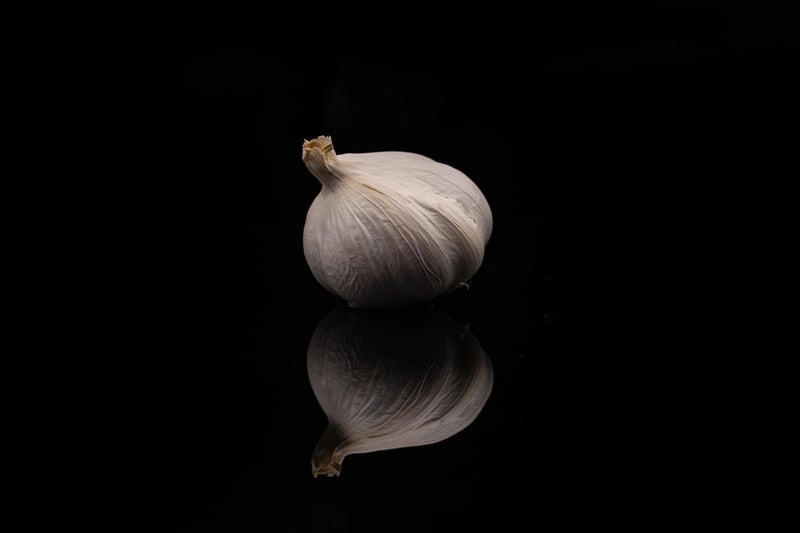Flavor Combination Tips
Harmonizing Diverse Ingredients and Flavors
When it comes to cooking, the magic often happens when you bring together diverse ingredients and flavors to create a harmonious dish. Whether you're a seasoned chef or a home cook looking to elevate your culinary skills, mastering the art of flavor combination is essential. Here are some tips to help you harmonize diverse ingredients and flavors like a pro.
Understanding Flavor Profiles
Before you start experimenting with different ingredients, it's crucial to understand the basic flavor profiles. The five primary tastes are sweet, salty, sour, bitter, and umami. By balancing these tastes in your dishes, you can create complex and satisfying flavors.
Pairing Complementary Flavors
One of the key principles of flavor combination is pairing complementary flavors. For example, the sweetness of honey can balance the heat of spicy chili peppers, creating a harmonious blend of flavors. Experiment with contrasting tastes to add depth to your dishes.
Exploring Global Cuisines
Each culture has its unique flavor combinations that have been perfected over generations. Explore different global cuisines to discover new ingredients and flavor pairings. You might find inspiration from Thai curries, Italian pastas, or Mexican salsas.
Adding Textural Contrast
In addition to balancing tastes, don't forget about textural contrast. Combining crunchy elements like nuts or crispy vegetables with softer components like creamy sauces can create a more dynamic eating experience.
Experimenting with Herbs and Spices
Herbs and spices can take your dishes to the next level by adding depth and complexity. Don't be afraid to experiment with herbs like basil, cilantro, and thyme, or spices like cumin, paprika, and cinnamon. Start with small amounts and adjust to taste.
Seeking Inspiration from Nature
Nature itself can be a great source of inspiration for flavor combinations. Consider seasonal produce and how different fruits, vegetables, and herbs can complement each other. Let the natural flavors guide your culinary creations.
Conclusion
By understanding flavor profiles, experimenting with complementary tastes, exploring global cuisines, adding textural contrast, trying out herbs and spices, and seeking inspiration from nature, you can master the art of harmonizing diverse ingredients and flavors in your cooking. Get creative in the kitchen, trust your taste buds, and enjoy the process of creating delicious and memorable dishes.

For more flavor combination tips and culinary inspiration, check out our Cooking Channel for a wide range of recipes and cooking shows.
